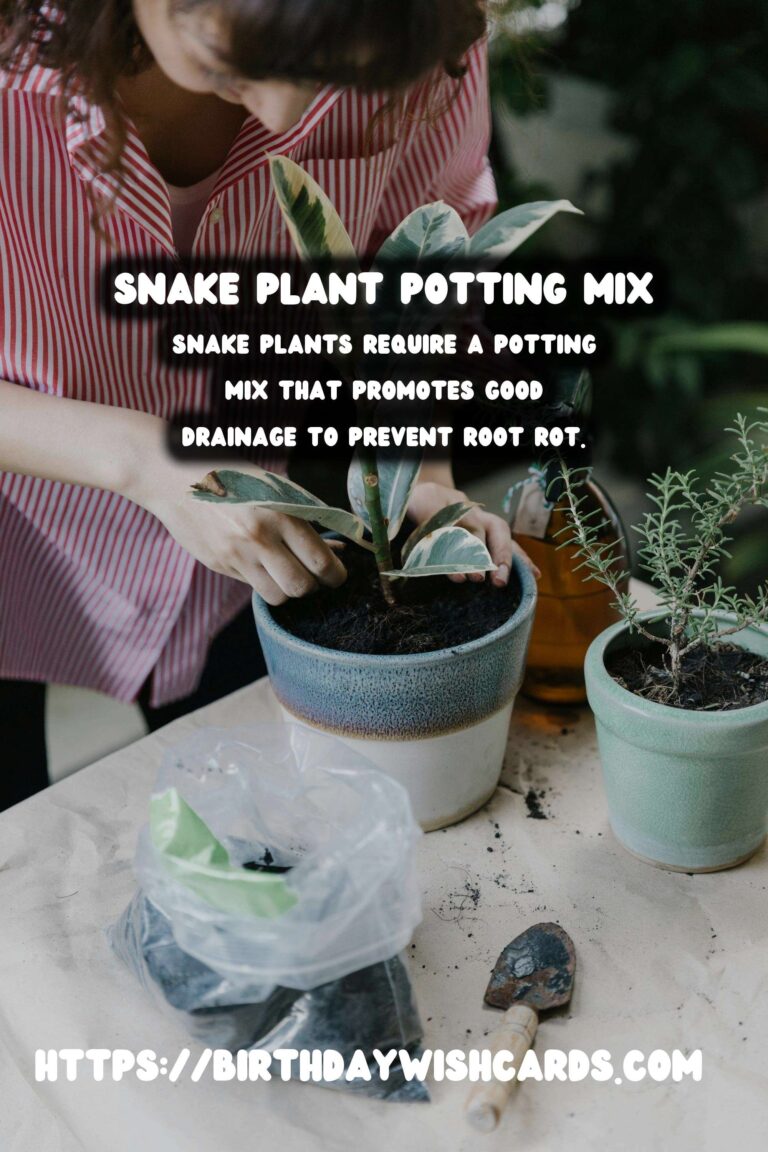
Snake plants, known for their hardiness and striking appearance, are popular houseplants that require minimal care. However, to ensure your snake plant thrives, it’s crucial to pay attention to the potting mix you use. The right potting mix can significantly affect the health and growth of your snake plant, particularly in terms of drainage, which is vital for preventing root rot.
Understanding the Importance of Drainage
Snake plants, or Sansevieria, are native to arid regions where the soil doesn’t retain much water. Therefore, drainage is a critical component of their care. Proper drainage prevents the roots from sitting in water, which can lead to root rot, a common issue that can ultimately kill the plant. Ensuring your potting mix facilitates good drainage is one of the best ways to maintain a healthy snake plant.
Components of an Ideal Potting Mix for Snake Plants
An effective potting mix for snake plants typically consists of several key components that promote drainage while still providing necessary nutrients:
1. Coarse Sand
Coarse sand increases the porosity of the soil, allowing water to drain quickly and preventing the soil from becoming compacted.
2. Perlite
Perlite is a volcanic glass that helps to aerate the soil, improve drainage, and retain some moisture without waterlogging. It is light and adds structure to the potting mix.
3. Peat Moss or Coconut Coir
Peat moss and coconut coir help retain moisture while still providing adequate drainage. They are organic components that break down slowly, releasing nutrients over time.
4. Pumice
Pumice is a lightweight volcanic rock that improves soil drainage and aeration. It is similar to perlite but tends to be more durable and less prone to breaking down over time.
Creating Your Own Potting Mix
Making your own potting mix for snake plants is simple and allows you to control the quality and composition. Here is a basic recipe to get you started:
- 2 parts coarse sand
- 1 part perlite
- 1 part peat moss or coconut coir
- 1 part pumice
Mix these ingredients thoroughly to ensure even distribution. Adjust the proportions as needed based on your specific environment and the condition of your snake plant.
Commercial Potting Mix Options
If you prefer not to make your own mix, several commercial options are suitable for snake plants. Look for cactus or succulent soil mixes, as they are designed to provide excellent drainage. Always check the ingredients to ensure they include components like perlite and sand.
Pot Selection and Its Role in Drainage
The pot you choose also plays a crucial role in drainage. Opt for pots with drainage holes to allow excess water to escape. Terracotta pots are particularly beneficial as they are porous and allow moisture to evaporate, further aiding in drainage.
Watering Techniques for Snake Plants
Even with the perfect potting mix and pot, improper watering techniques can still cause issues. Water your snake plant thoroughly but infrequently, allowing the top inch of soil to dry out completely between waterings. This mimics the plant’s natural habitat and prevents overwatering.
Signs of Poor Drainage and Solutions
Watch for signs of poor drainage, such as yellowing leaves, mushy roots, or unexplained wilting. If you notice these symptoms, consider repotting your snake plant in a better-draining mix and assess your watering habits. Addressing drainage issues promptly can save your plant from further damage.
In conclusion, the right potting mix is essential for the health of your snake plant. By focusing on drainage and using the right components, you can create an environment where your snake plant can flourish.
Snake plants require a potting mix that promotes good drainage to prevent root rot. An ideal potting mix for snake plants includes components like coarse sand, perlite, peat moss, and pumice. Proper drainage is crucial for maintaining a healthy snake plant. Making your own potting mix allows you to control the quality and ensure the right composition. Commercial cactus or succulent soil mixes are a suitable option for snake plants. 
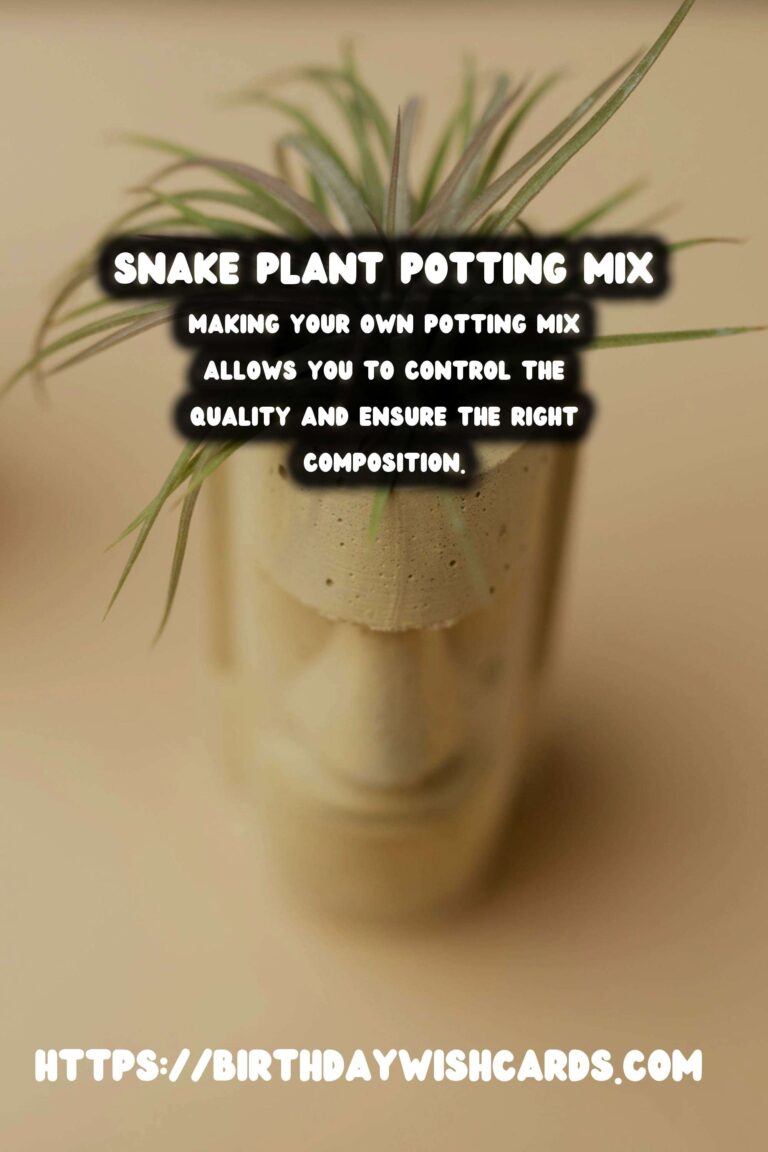
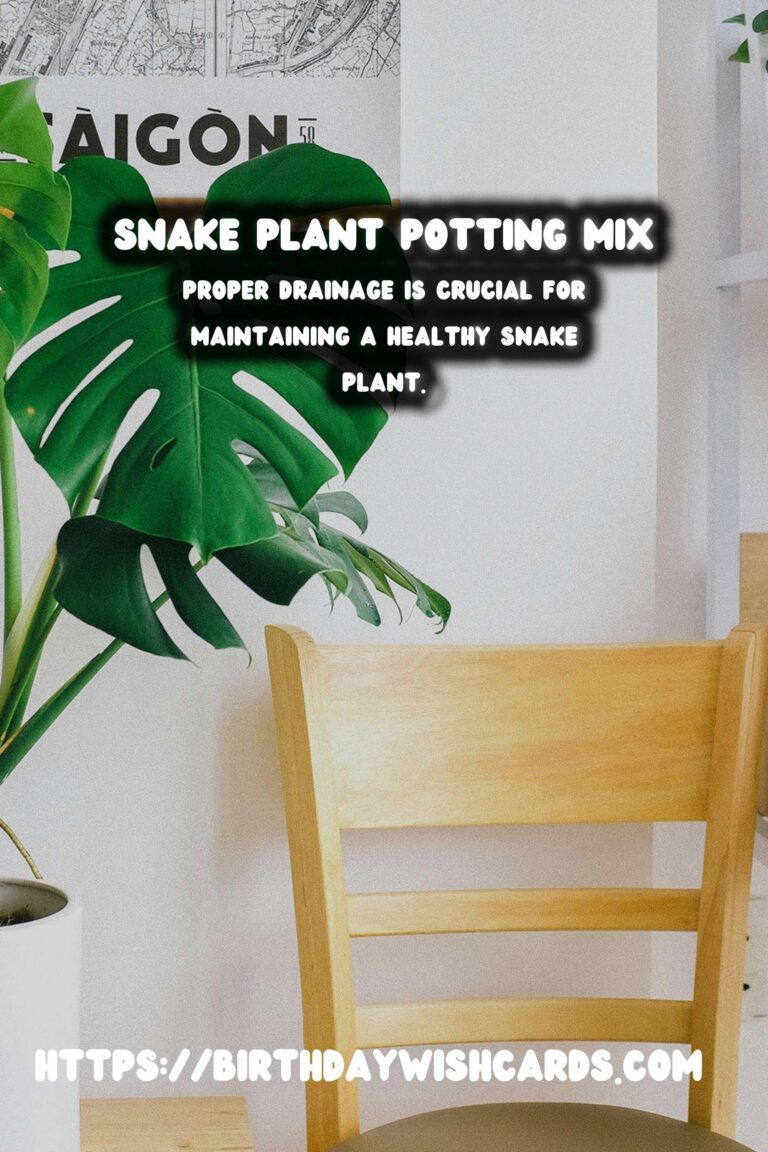
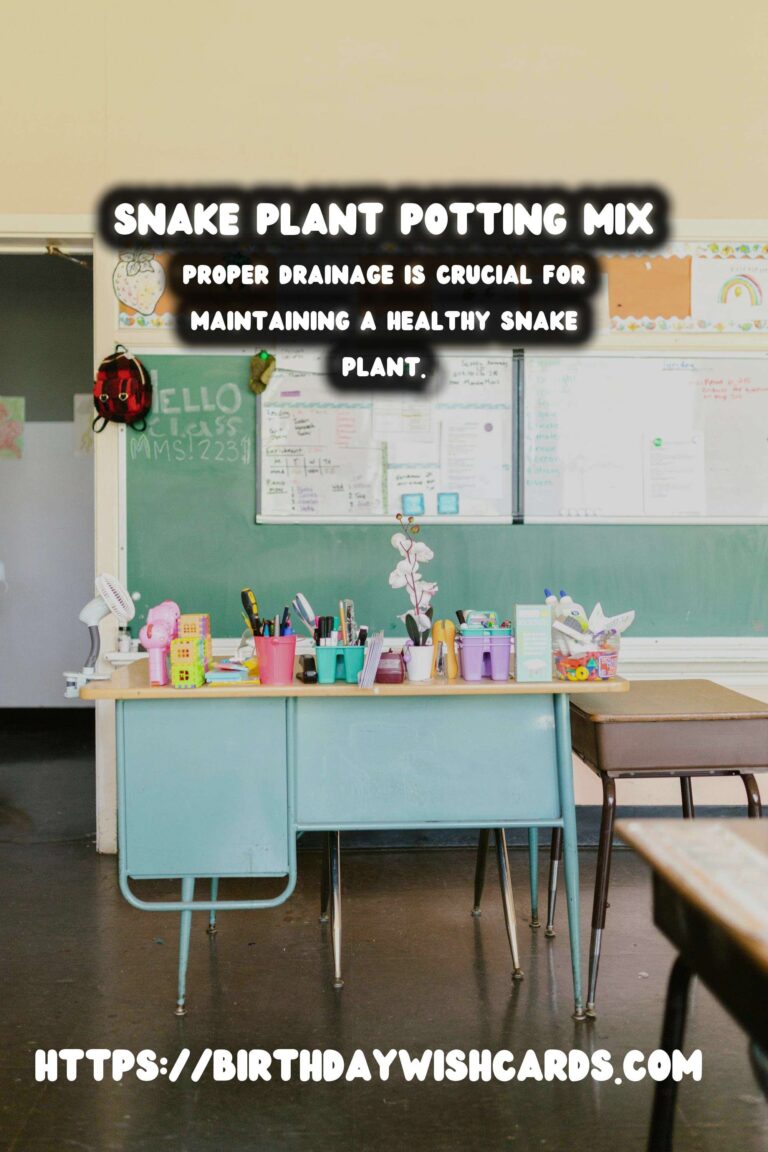
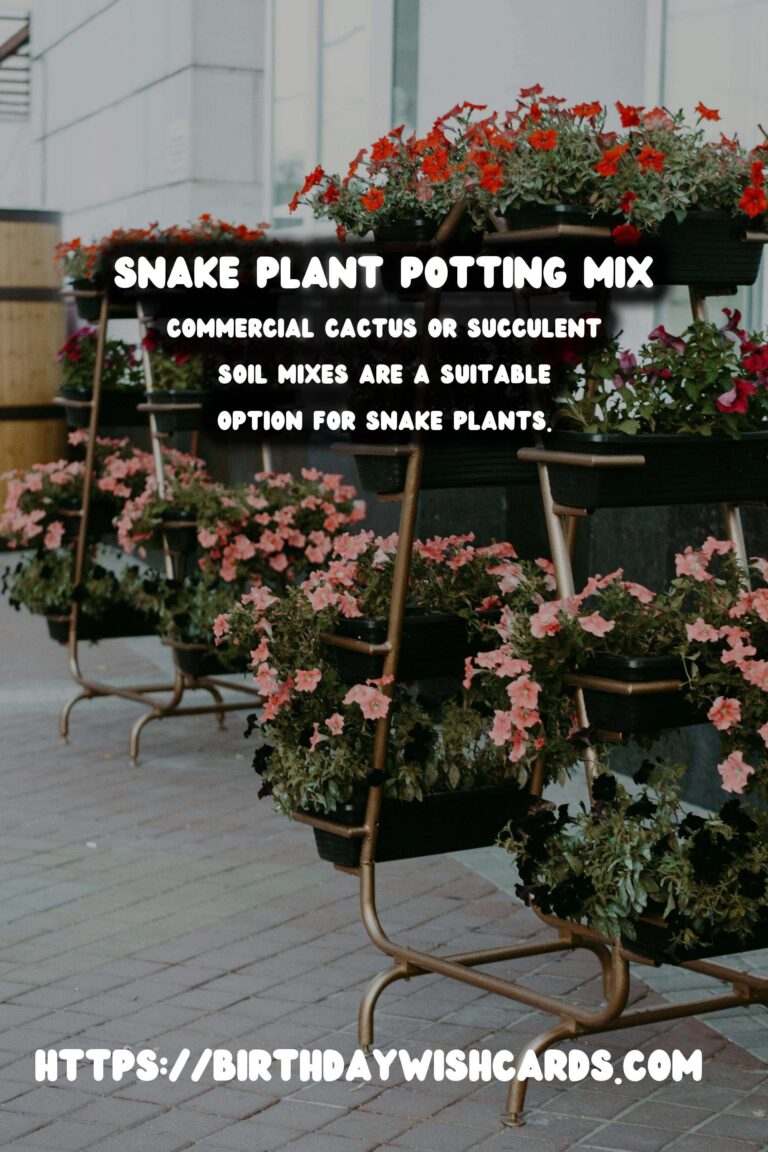
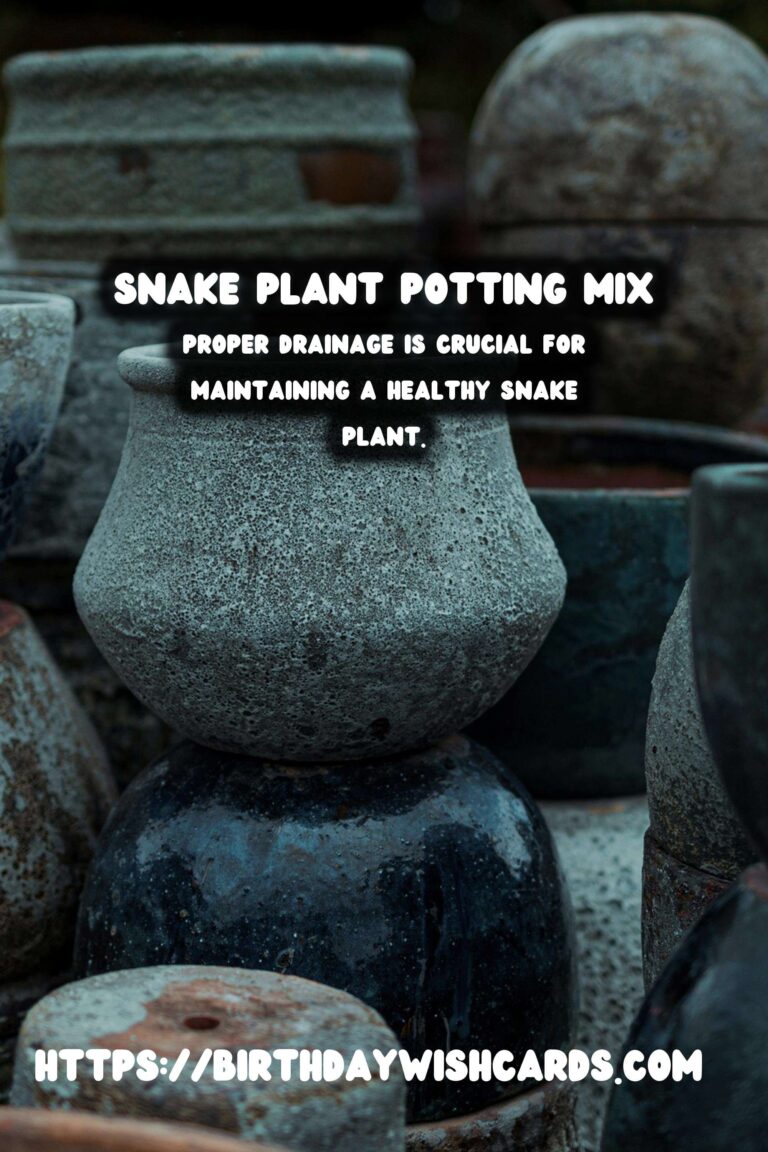
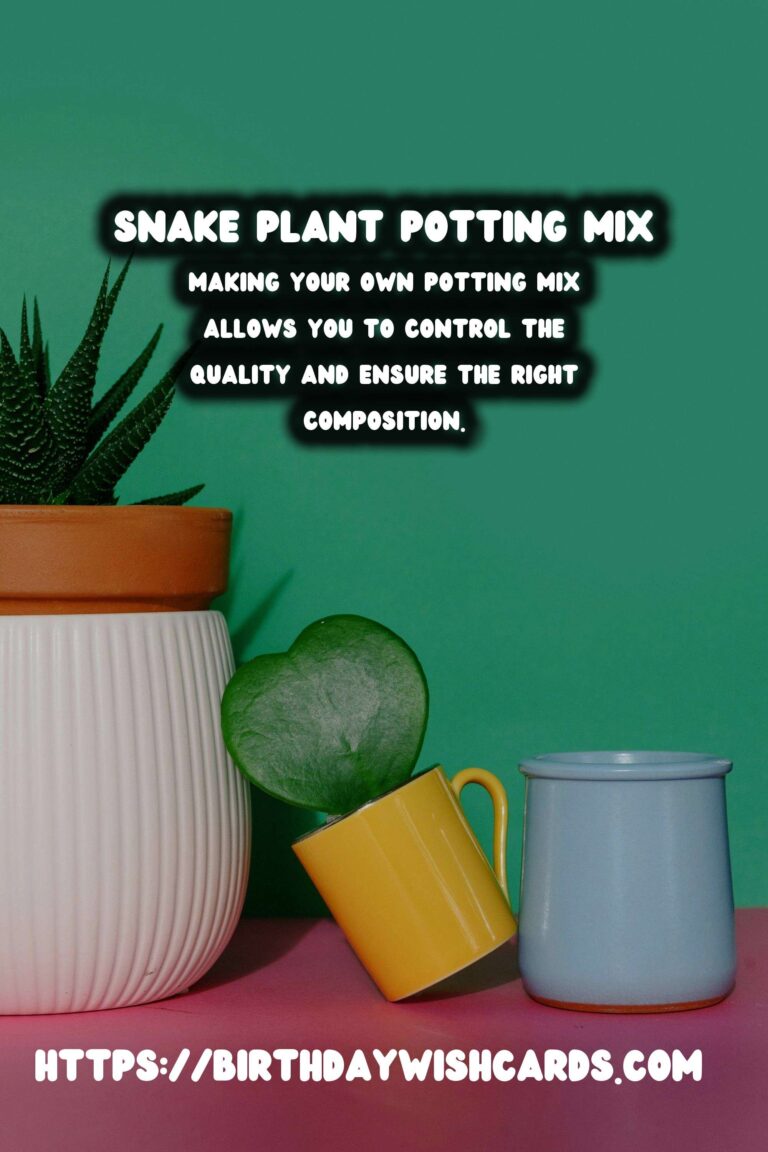
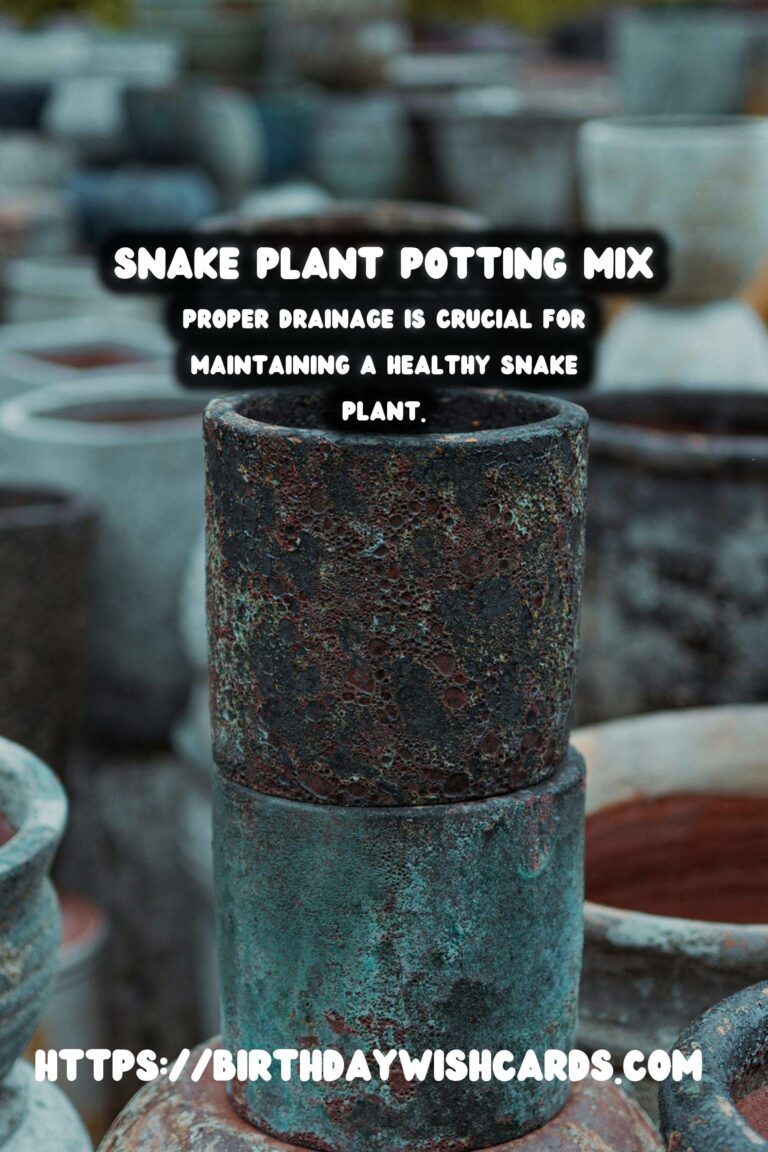
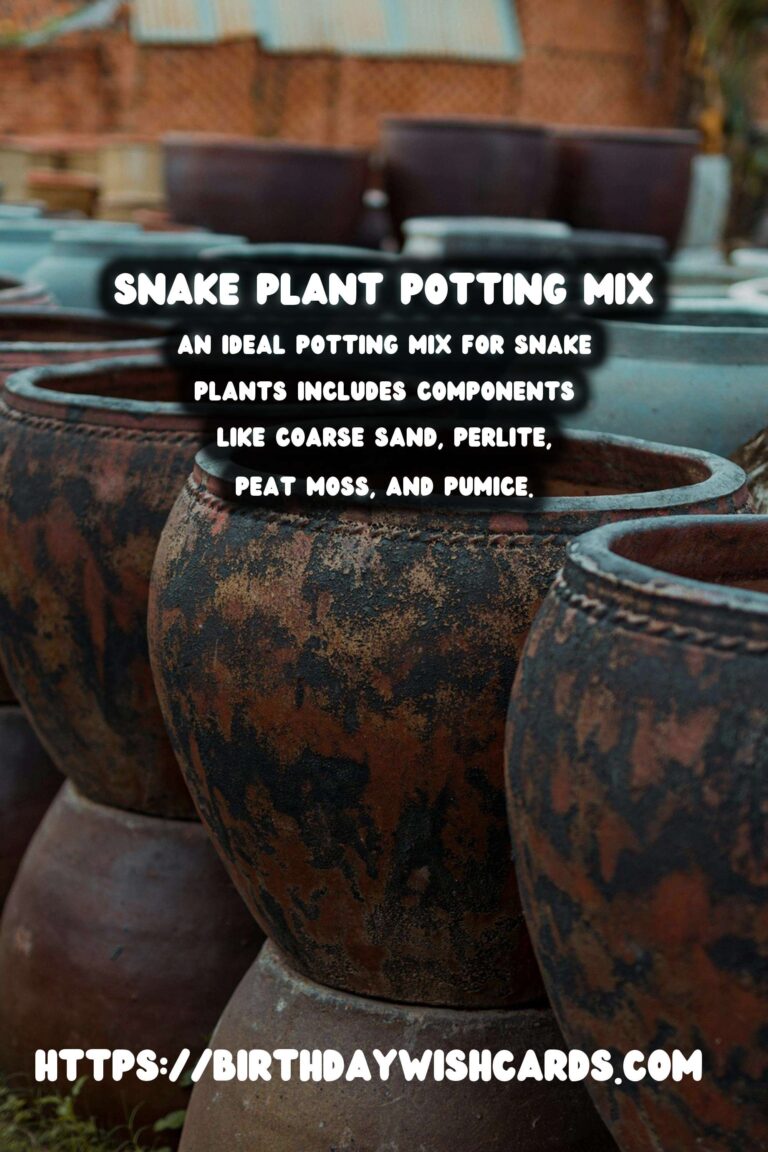
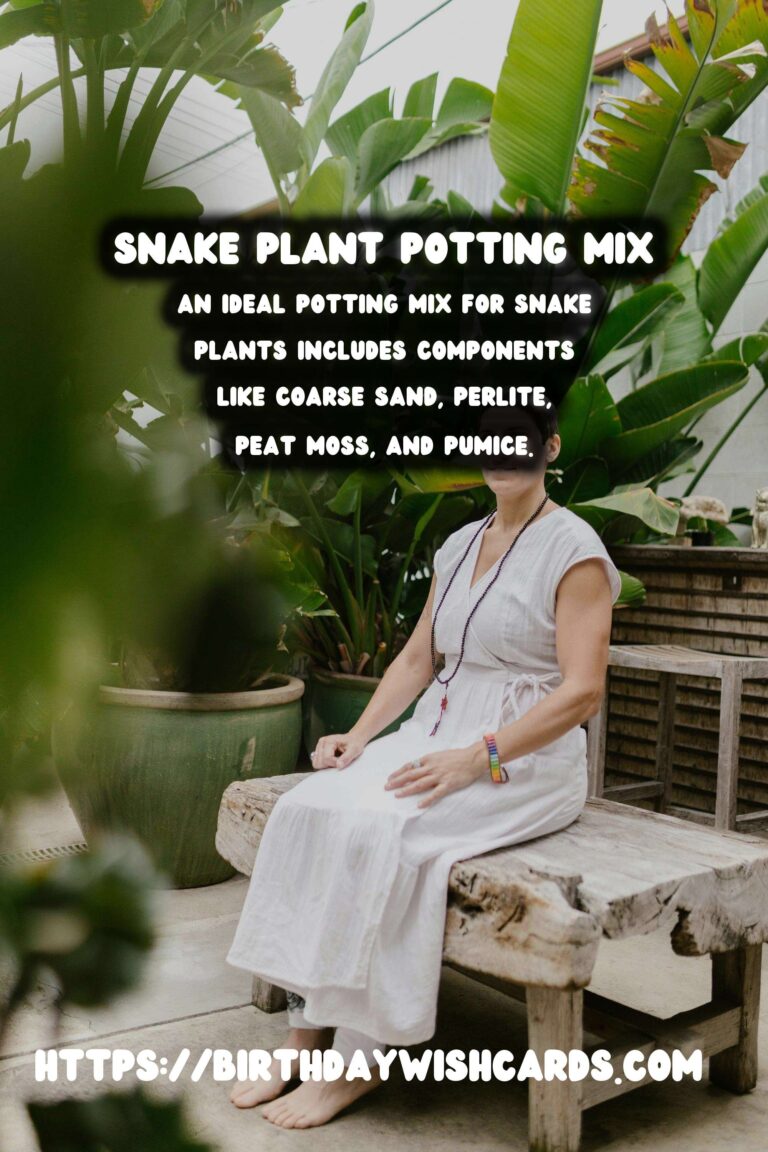
#SnakePlants #GardeningTips #Houseplants #PlantCare #PottingMix




